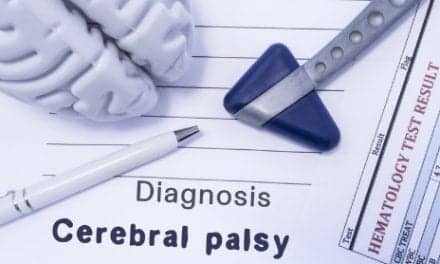Dysport (abobotulinumtoxinA) is now FDA-approved to treat both upper and lower limb spasticity in pediatric patients 2 years of age and older, including spasticity caused by cerebral palsy.
The updated indication follows Ipsen and another manufacturer’s decision to selectively waive, with respect to each other’s toxin products only, their respective Orphan Drug exclusivities in pediatric patients with cerebral palsy, Ipsen Biopharmaceuticals — an affiliate of Ipsen — announces in a media release.
“The proactive step to resolve the uncertainty created by the previous CP carveout enables us as physicians to prescribe consistent therapy for pediatric patients experiencing both upper and lower limb spasticity. This update ensures patient care, and treating the child as a whole person, can be the focus for physicians and their caregivers when making treatment decisions for both upper and lower limb spasticity.”
— Sarah Helen (Sally) Evans, MD, Division Chief of Rehabilitation Medicine in the Department of Pediatrics at the Children’s Hospital of Philadelphia
“We’re proud to have proactively worked with the FDA and another manufacturer to help physicians treat their patients in the manner they deem best for their patients’ care. This effort illustrates our continued commitment to patients, helping to ensure children living with cerebral palsy can access the spasticity treatment that’s most appropriate for them.”
Kimberly Baldwin, Vice President, Franchise Head, Neuroscience Business Unit, Ipsen
Dysport is an injectable form of botulinum toxin type A (BoNT-A), which is isolated and purified from Clostridium bacteria producing BoNT-A. Dysport has approved indications in the United States for the treatment of adults with cervical dystonia (CD) and for the treatment of spasticity in adult patients.
[Source(s): Ipsen Biopharmaceuticals, Business Wire]
Related Content:
Dysport is Now Approved for Upper Limb Spasticity as Well
FDA Approves Dysport for the Treatment of Lower Limb Spasticity in Adults
FDA Approves Dysport for Treatment of Lower Limb Spasticity



